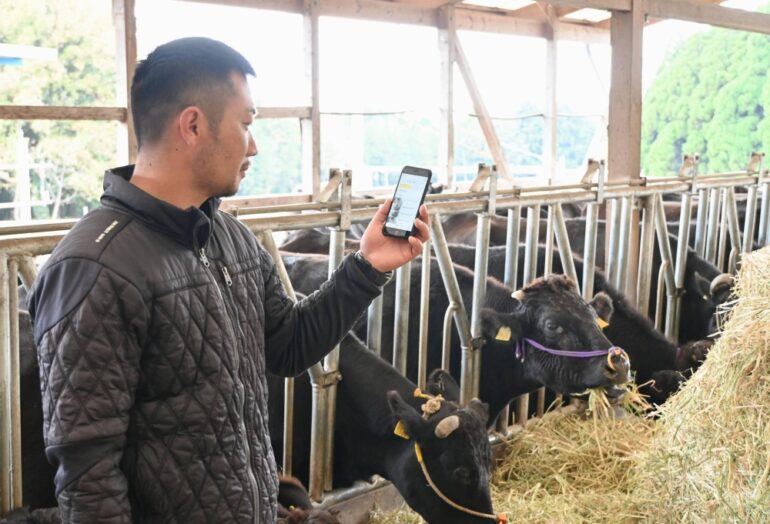TL;DR:
- Nikon introduces an AI system to predict cow births by analyzing their movements using farm-installed cameras.
- The technology aims to enhance efficiency and reduce the workload for farmers conducting routine checks on expectant cows.
- The system, available in Japan, costs approximately ¥900,000 ($6,200) annually for farms with 100 cows and offers a dedicated smartphone app for alerts.
- Data for AI training has been collected since 2021, with successful experiments conducted in southwestern Japan in 2023.
- The system can detect signs of impending labor in pregnant cows, such as increased movement and amniotic sac release.
- Nikon envisions broader applications, including heat detection and other behavioral patterns in female cows.
- Livestock farmers like Keita Higuchi have praised the system for its utility in managing cattle efficiently.
Main AI News:
Nikon has introduced an innovative AI system designed to revolutionize the way farmers manage their herds. This cutting-edge technology utilizes artificial intelligence to monitor and predict when a cow is about to give birth. By analyzing the movements of cattle through cameras strategically placed on farms, Nikon’s system promises to enhance efficiency and alleviate the workload of farmers who are tasked with routine checks on expectant cows in the weeks leading up to calving.
Scheduled to hit the Japanese market this month, this groundbreaking system has the potential to transform the agricultural landscape. Priced at an estimated ¥900,000 ($6,200) annually for a farm housing 100 cows, it offers a dedicated smartphone application that sends timely alerts to farmers when a calf is due.
Nikon’s AI solution is built upon a wealth of data collected since the fall of 2021. Proof-of-concept experiments have been carried out on four farms located in Kumamoto Prefecture, southwestern Japan, since February 2023. The results have been nothing short of promising.
According to Nikon, a pregnant cow typically exhibits telltale signs approximately five hours before going into labor. These signs include increased movement and the initiation of the release of the amniotic sac containing the calf. This technological breakthrough is poised to transform the lives of farmers, making their jobs more efficient and less physically demanding.
During a recent news conference in December, Nikon’s official spokesperson, Kazuhiro Hirano, shared his vision for the future, stating, “We want to be able to also detect when a female cow is in heat and other behavioral patterns.” The potential applications of this technology in the agricultural sector are vast and promising.
One satisfied participant in the experiment is Keita Higuchi, a mid-30s livestock farmer who delivers around 60 calves each year. He attested to the system’s utility, saying, “We used to conduct regular checks on expectant mothers every few hours starting a month before they were due. This system has been a tremendous help.” Nikon’s AI system holds the promise of transforming the way farmers manage their herds, bringing efficiency and ease to the forefront of modern agriculture.
Conclusion:
Nikon’s AI-powered system for predicting cow births is set to disrupt the cattle farming market by enhancing efficiency and reducing the physical demands on farmers. With the potential for further applications in detecting heat cycles and other behaviors, Nikon’s technology promises to redefine modern agriculture, making it more streamlined and effective.

